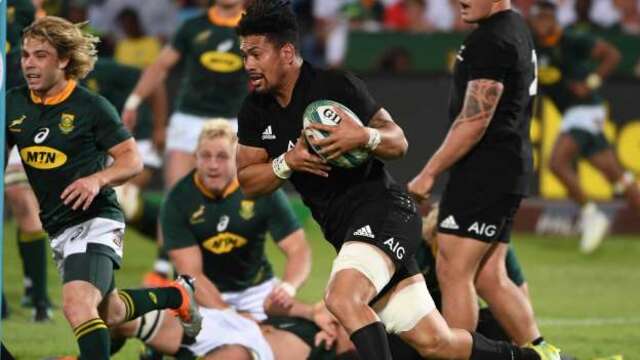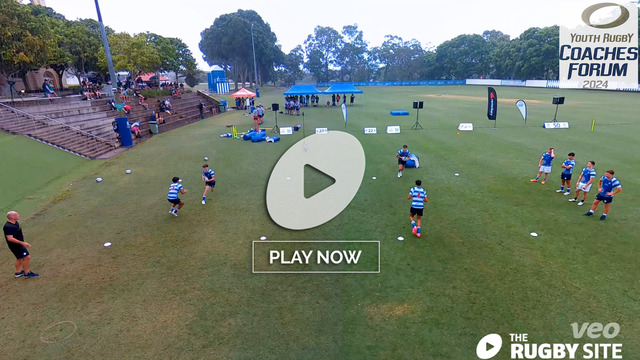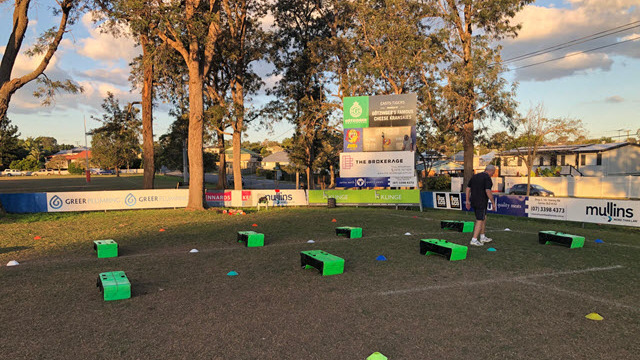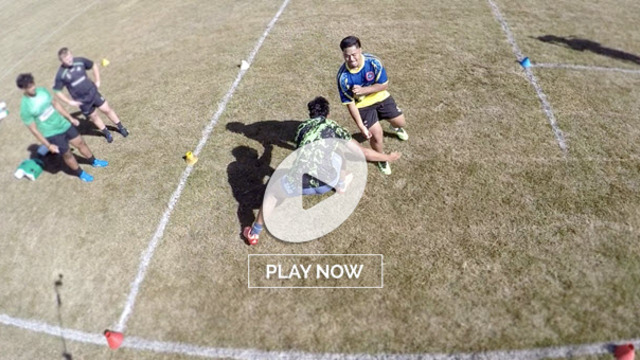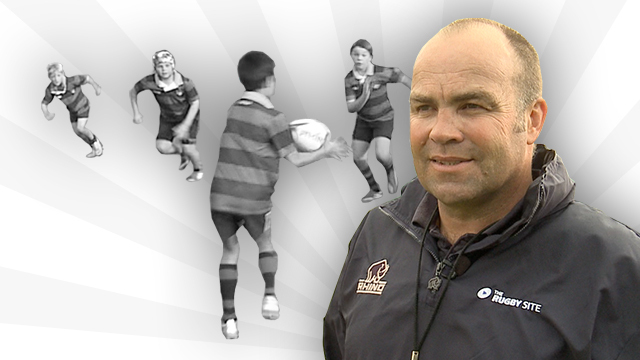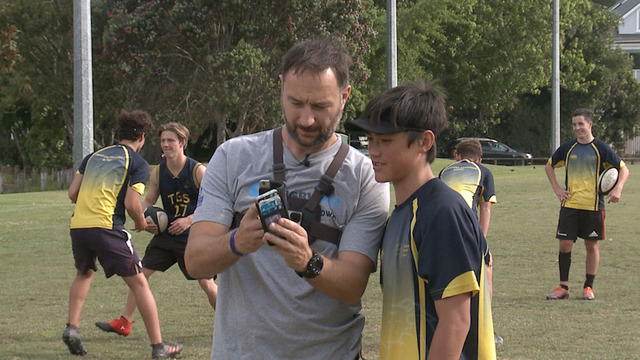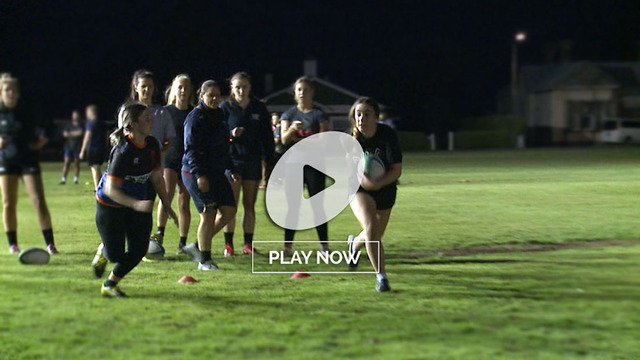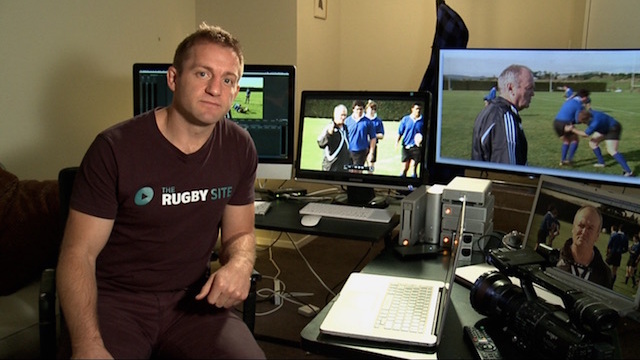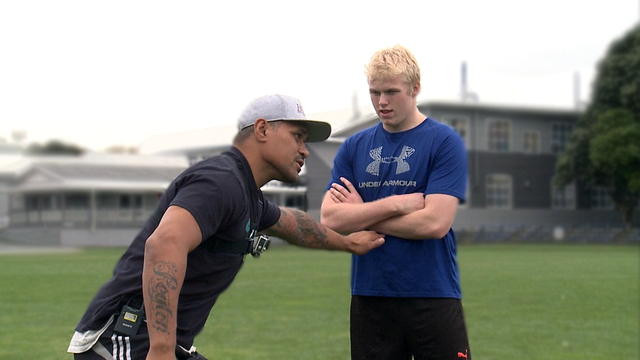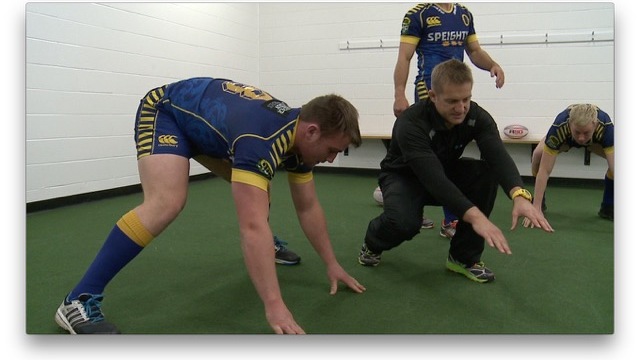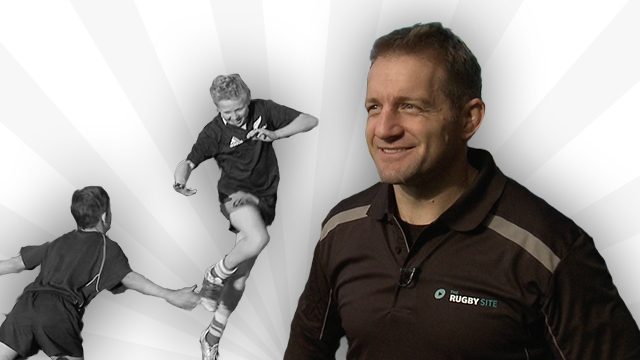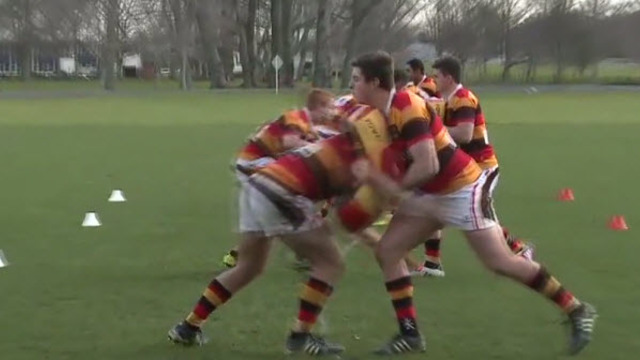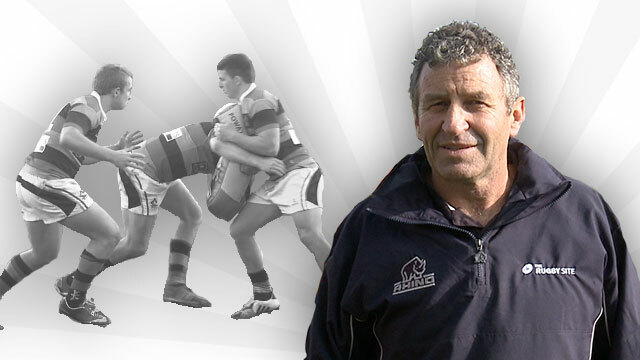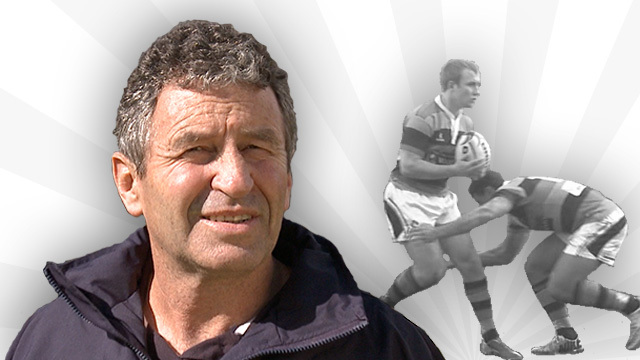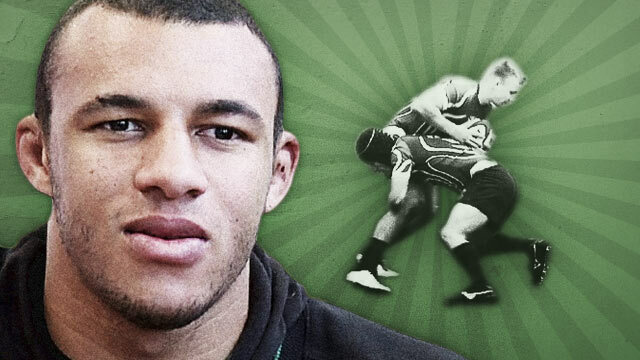Is it time for Ardie Savea to start for the All Blacks?
The composition of international back-rows is currently a hot topic among rugby coaches. At the beginning of the year, Wales won the Six Nations tournament, and achieved a Grand Slam of five wins out of five games, by picking a back-row which contained two natural open-side flankers.
Josh Navidi and Justin Tipuric were selected along with number 8 Ross Moriarty, and by modern standards it was a small unit. None of the trio stand more than 6’2 tall, and none of them weighs more than 105 kilos.
It was a fascinating tactical decision by the Wales head coach Warren Gatland. Gatland was voluntarily sacrificing some set-piece ability at lineout in order to fortify the defence.
The tournament proved that Gatland had made a shrewd assessment. While Wales won a mere 78% of their own lineout throw (last in the tournament), they only conceded 65 points at a mean-spirited average of 13 points, and 1.4 tries per game.
In fact, they got better defensively with every game, giving up the most points in the first match against France (19), and the fewest in the climactic final game against Ireland (7).
Gatland had pulled off much the same selection coup with another hat on, as coach of the British & Irish Lions in New Zealand in 2017. He abandoned the orthodox arrangement of the back-row after the first Test, replacing a specialist blind-side flanker (Peter O’Mahony) with a second number 7 in Sam Warburton. Although the Lions struggled in the lineout thereafter, they only gave up two tries in the last two Test matches.
The All Black coaching group led by Steve Hansen now faces much the same dilemma as Gatland. Number 7 Sam Cane recently returned to the fray after suffering a serious neck injury earlier in the year. He started for the Chiefs in week 15 of Super Rugby, and he is one of Hansen’s most trusted on-field lieutenants.
At the same time, the Hurricanes’ Ardie Savea has probably been the most outstanding back-row forward in the 2019 competition, but he plays in the same position as Cane, even if he interprets it rather differently.
As Ardie’s captain at the Hurricanes, T.J. Perenara said of his open-side flanker:
“What Ardie does is probably not what people would say a traditional seven does. He’s out there making tackles, he gets turnovers, he hits rucks like any other seven in the world, but what he does on top of that I think is better than anyone else in the world."
The combination of Savea and Cane book-ending captain Kieran Read at number 8 would almost certainly improve New Zealand’s defensive capacity. Defence is one area in which Savea has shown notable improvement, and much of that improvement is due to the variation of his technique in contact.
Although he can turn over the ball on the deck as well as Cane and most other top number 7’s, he has made himself into a specialist in high tackle technique, using the ball-rip and choke tackles more frequently.
In the recent Super Rugby game between the Canes and the Rebels, only one of Ardie’s five turnovers occurred on the ground
His first significant defensive contribution had already occurred a few minutes earlier – a ball-rip on Rebels prop Jermaine Ainsley which set up an immediate counter-attack down the right-hand side
There is no intent to dump the ball-carrier on the ground swiftly and attack the ball on the floor, both Savea and the Canes’ scrum-half are looking to hold him up and buy time for the ripping motion by Ardie which eventually dislodges the ball.
Savea arguably saved a try by repeating the technique on Angus Cottrell with the Rebels camped on the Hurricane goal-line
Once again, the idea is to prop up the ball-carrier and prevent him hitting the deck on his own terms. With the ball still above ground, the tackler does not have to obey the requirements of an offside line and can work his way around to the ‘wrong side’ of the ball-carrier – and it is from this position that the turnover occurs.
The maul created by a high tackling technique clearly benefits from advantageous law protocols. If the ball-carrier goes to ground and the ball does not emerge from the ensuing ruck, it is typically the attacking side which will be awarded the scrum.
At a collapsed maul, the adjudication is reversed
Savea and Ngani Laumape hold up the unfortunate Ainsley, this time with Laumape sliding around ‘wrong side’, and after the maul is called by the referee all the trump cards are in the possession of the defensive side.
High tackling technique eliminates the grey area after the tackle for the defensive player by clarifying the referee’s decision-making process. Instead of the official having to monitor ball-release, angle of entry and players not rolling away from the tackle on the ground, in the air it is simply a matter of either calling ‘tackle’ or ‘maul’ – two very lucid instructions for the defender
At the point the ref makes the gesture to release, the tacklers can obey without fear of giving up a penalty. They have still done their job, holding up the ball-carrier for a total of fully seven seconds between first contact and Rebels’ half-back Will Genia passing to initiate the next phase. That delay gives the defensive line ample time to regroup.
As if that was not enough, Ardie Savea demonstrated late in the first half that he is now playing with a full hand of techniques in contact
As Rebel forward Luke Jones relaxes over the tackle ball, Canes’ prop Fraser Armstrong leads the counter-ruck, with Ardie following him in without hesitation to confirm the turnover.
Will it be enough to convince the All Black selectors that they should pick both Savea and Cane in the same back-row unit? If Warren Gatland was the New Zealand coach, the answer to that question would not be in doubt.
